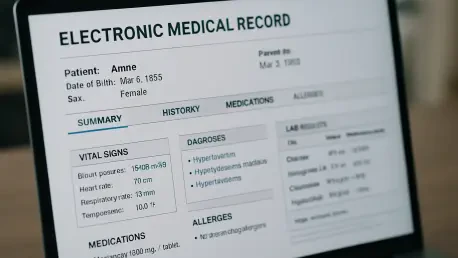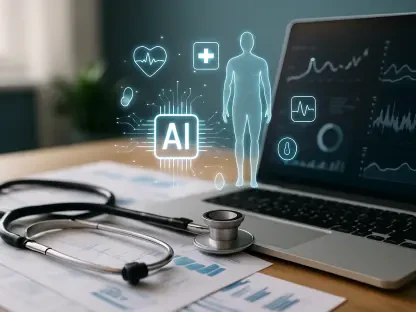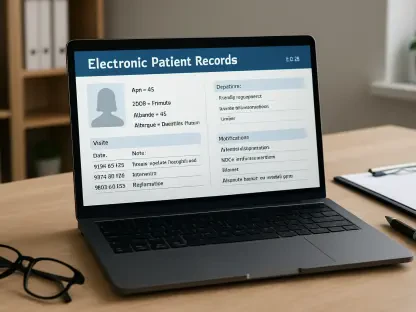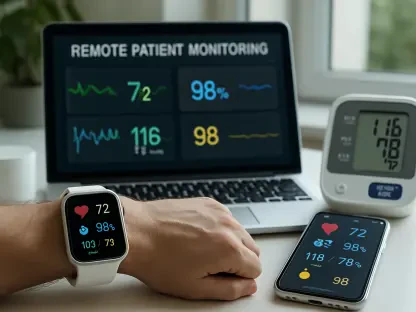In the rapidly evolving landscape of healthcare technology, Electronic Medical Record (EMR) software is increasingly recognized as a transformative tool for physical therapy practices. Therapists face the continual challenge of delivering high-quality, personalized care while managing documentation, compliance, and patient engagement. EMR software tailored for physical therapy offers a comprehensive solution, streamlining these tasks and enhancing overall efficiency. As the healthcare industry becomes more digital, understanding the innovative capacities of EMR systems is essential for practitioners seeking effective solutions in managing their clinics and optimizing patient outcomes.
Streamlining Documentation and Patient Management
One of the most significant advantages of physical therapy EMR software is its ability to streamline documentation processes, a traditionally cumbersome aspect of medical practice. Unlike paper-based records, which are prone to inefficiencies and errors, EMR systems enable therapists to swiftly create, update, and access patient records. This functionality enhances reliability and makes data more accessible. Customizable templates within the software allow for personalization according to individual patient needs, reducing repetitive manual data entry and minimizing errors. This feature saves time and enables therapists to focus more on treatment.
Centralized management of patient information is another crucial aspect facilitated by EMR systems, making the workflow smoother for physical therapists. By having immediate access to comprehensive patient histories, treatment plans, and progress notes, therapists can manage their caseloads with greater accuracy and efficiency. Integrated scheduling tools further enhance this capability by allowing therapists to manage appointments seamlessly. Scheduling, rescheduling, or canceling appointments are all possible without hassle, ultimately reducing no-shows and ensuring that clinic operations are maximized. For patients, these tools provide automated appointment reminders, fostering better engagement and adherence to their therapy schedules, contributing to more favorable health outcomes.
Enhancing Data Security and Compliance
Data security is a critical concern in healthcare, and physical therapy practices are no exception. EMR software addresses this need by incorporating advanced security measures designed to protect sensitive patient information. Features such as encryption, user authentication, and robust access controls ensure that data remains confidential and secure from unauthorized access. Compliance with healthcare regulations, including the Health Insurance Portability and Accountability Act (HIPAA), is seamlessly integrated into these systems, offering assurances to therapists and patients alike. This compliance aids in securing data and helps build trust and maintain the professional reputation of a clinic.
The software’s ability to integrate with other healthcare systems further contributes to maintaining high standards of data protection. By ensuring interoperable exchanges of information between EMR systems and other platforms, like billing or diagnostic tools, data redundancy is reduced, and continuity of care is enhanced. Such integration provides holistic solutions that extend beyond data management, improving overall efficiency and patient care outcomes. Telehealth integration, in particular, enables remote consultations, offering flexibility to patients and ensuring that care continues uninterrupted even outside traditional settings.
Offering Personalized Treatment and Comprehensive Reporting
Personalized treatment regimens stand as a cornerstone of effective physical therapy, and EMR software enhances this capability by supporting customization and individualization in treatment plans. The ability to design and adjust these plans according to the unique needs of each patient is invaluable, promoting a responsive approach that adapts to changes in patient conditions in real time. This adaptability is crucial for optimizing treatment outcomes and enhancing patient compliance, as therapists can track and monitor progress efficiently using the software’s tools, enabling timely interventions when necessary.
Comprehensive reporting functionalities are another major asset of physical therapy EMR software, offering insights into clinic operations and patient outcomes. These reports are pivotal for practice management, providing vital data on treatment effectiveness and identifying trends that can inform strategic decisions. For instance, therapists can analyze patient demographics, treatment success rates, and operational efficiencies to pinpoint areas for improvement. Leveraging these insights enhances service delivery and aids in fostering continuous improvements in care quality and clinic performance, ensuring that practices remain competitive and aligned with contemporary healthcare standards.
Focusing on User Experience and Interface Design
In the swiftly advancing realm of healthcare technology, Electronic Medical Record (EMR) software is increasingly acknowledged as a game-changing tool for physical therapy practices. Therapists consistently grapple with the dual challenge of providing high-quality, personalized care to their patients while also managing the intricacies of documentation, compliance, and patient engagement. EMR software, specifically designed to address the unique demands of physical therapy, presents a comprehensive solution that facilitates these tasks and boosts overall operational efficiency. With the healthcare industry becoming progressively digital, grasping the cutting-edge capabilities of EMR systems has become vital for practitioners aiming to find effective solutions for managing their clinics and enhancing patient outcomes. EMR technology simplifies administrative burdens and supports therapists in maintaining patient records systematically, ensuring that personalized therapy plans are effectively tracked and modified as needed, ultimately leading to improved patient care and satisfaction.









